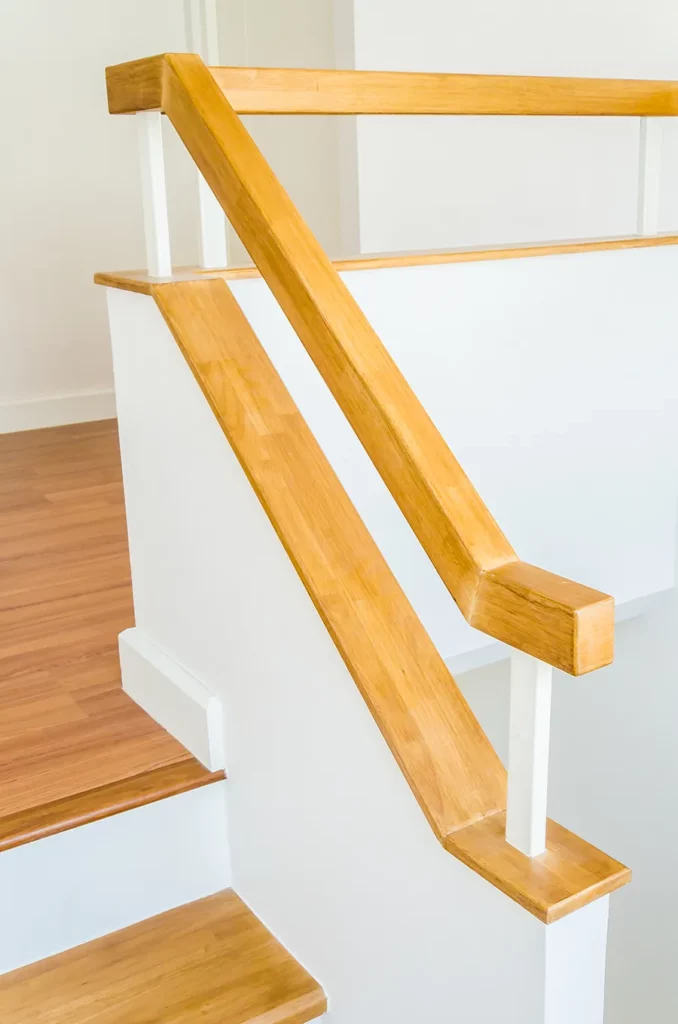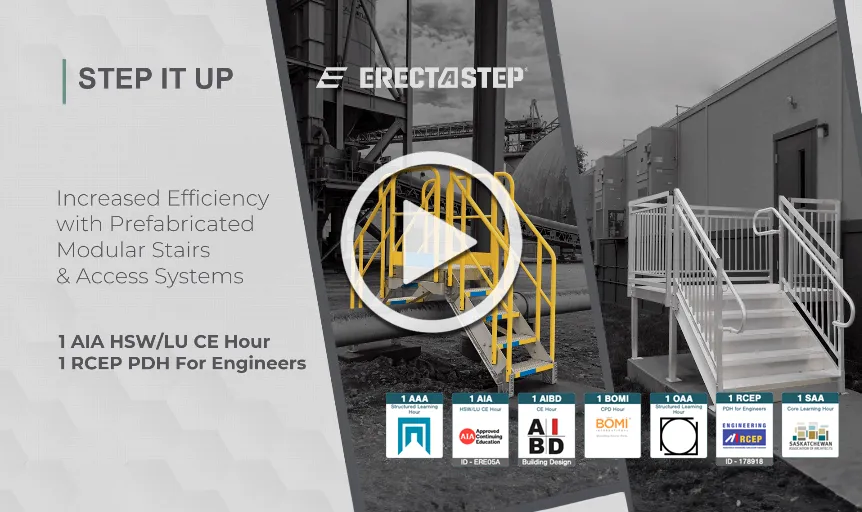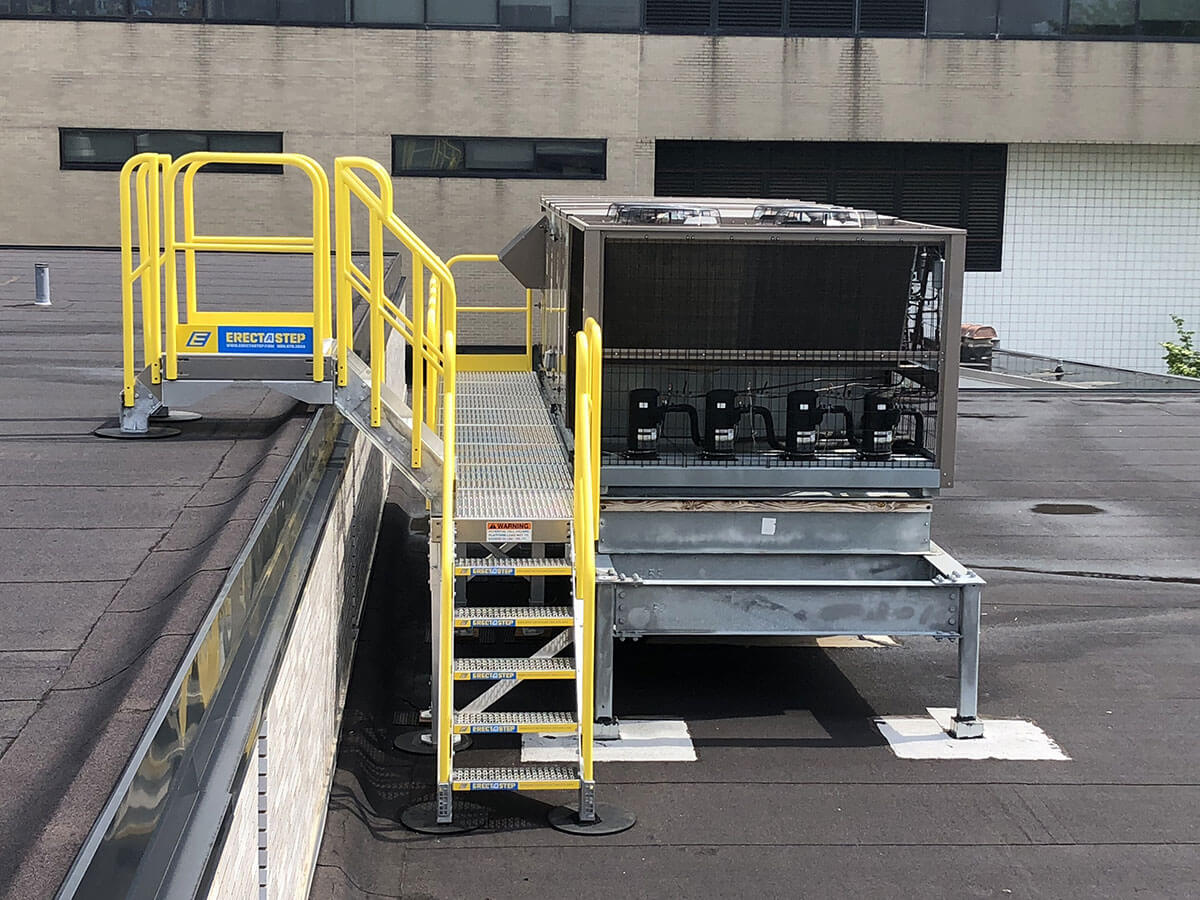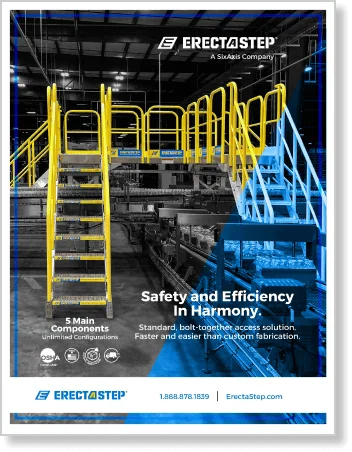Handrails are rails fixed on the walls or on stairway barriers to offer support to those using the stairs. They can be fixed to the walls or perhaps part of the balustrade system to provide stability and help prevent falls.

Key Benefits:
- Safety: Prevents accidents as well as falling incidents specifically on the stairway.
- Improved Accessibility: Helps in navigation for people with different mobility challenges.
- Supportive Grip: Increases firm support for users.
Applications:
- Used on staircases for ease of mobility and also safety in homes.
- In offices, malls, and other business premises to guarantee the safety of workers and shoppers alike.
- Installed in public structures like schools and transportation terminals to support security and barrier-free usage.
Handrails can be wooden, metallic, or plastic, depending on the requirements and adaptability of each setting.
OSHA Compliance for Handrails
The Occupational Safety and Health Administration (OSHA) provides guidelines to ensure handrails meet safety standards. Key points include:




